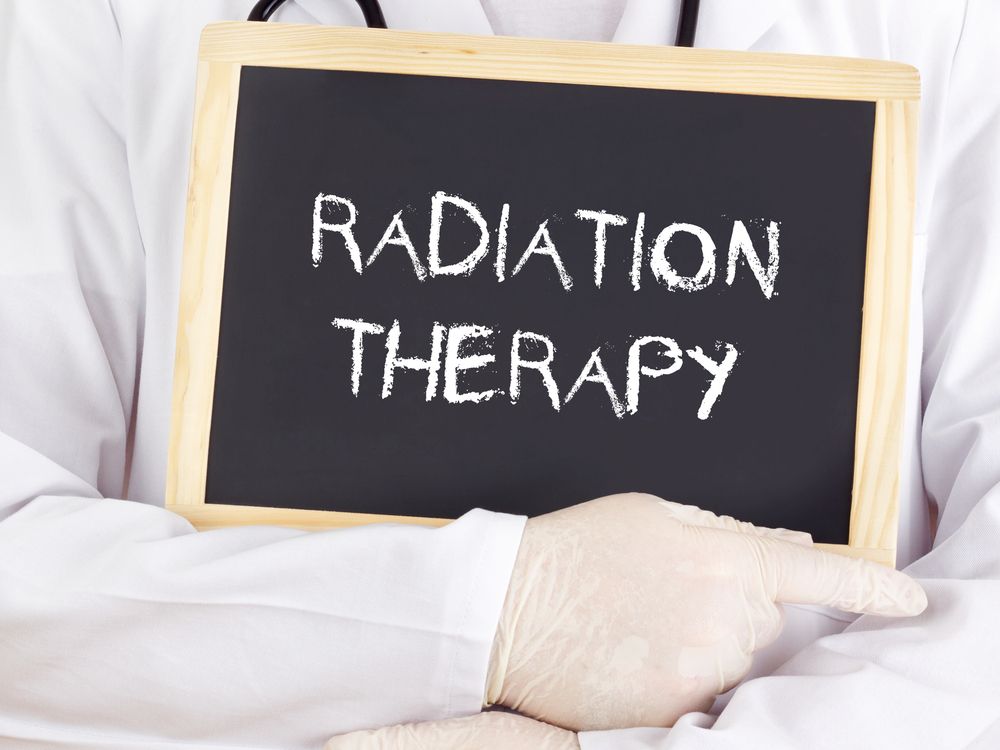Prone position provides another way for some women to receive breast radiotherapy.
Radiation therapy plays an integral role in the treatment plan for many breast cancer patients, reducing cancer recurrence and improving survival. Radiation is used following breast conserving surgery and sometimes after mastectomy. Side effects may include fatigue and skin changes and long-term treatments can affect the ribs, lungs, heart and pose a small risk for a secondary cancer.
What is prone breast radiation therapy?
Prone breast radiation refers to an alternate way to position the patient during therapy. The patient lies face down on a specially designed device called the prone breast board, which allows the affected breast being treated to hang forward away from the chest wall, explains radiation oncologist Simon Fung-Kee-Fung, MD, of Roswell Park Comprehensive Cancer Center. This is similar to the way a patient is positioned during a breast MRI, although the machine is very different.
What are the potential benefits?
Thanks to gravity, the breast falls away from the chest wall, minimizing tumor movement during breathing and reducing the radiation dose received by normal tissues. This can mean:
- Reduced radiation dose near the heart and lungs, which can make the already low risk of side effects even lower.
- Fewer skin-related side effects, particularly in larger-breasted women
- Better dose distribution throughout the breast and fewer “hot spots,” or uneven radiation
Who is a candidate for prone breast radiation?
Prone positioning may be used to treat women with early stage breast cancer patients where the target for treatment is the breast only, and not any lymph nodes. Patients must also have the mobility to climb on the treatment table and be able to lie on their stomach for 20 to 30 minutes. This position can be more taxing on a your shoulders and neck.
Prone position is not an appropriate option for all women, including those who have undergone mastectomy or require nodal radiation or in whom the chest wall needs to be fully treated. It may not be ideal for patients with left breast cancer, or if the cancer location and surgery were deep in the breast, near the chest wall/muscle. In these cases, the distance between the radiation and the front of the heart could be quite narrow and your doctor may recommend treatment using a different position.
How will I know if prone is right for me?
"We assess all patients to determine how best to deliver their radiation, including the appropriate treatment position and technique to minimize unwanted side effects, says Dr. Fung-Kee-Fung. In addition to prone positioning, we use other techniques to minimize radiation dose to normal tissues with the patient laying on their back, such as “deep inspiration breath hold" which means treatment is delivered while the patient holds their breath for a few seconds at a time.
"At Roswell Park, your breast cancer treatment plan is an individualized plan — one that is tailored to you, your cancer, and your needs or personal situation. Determining which radiation treatment position is best suited to you is a prime example of individualized care, one that your doctor discusses and determines with you during your initial consultation."

